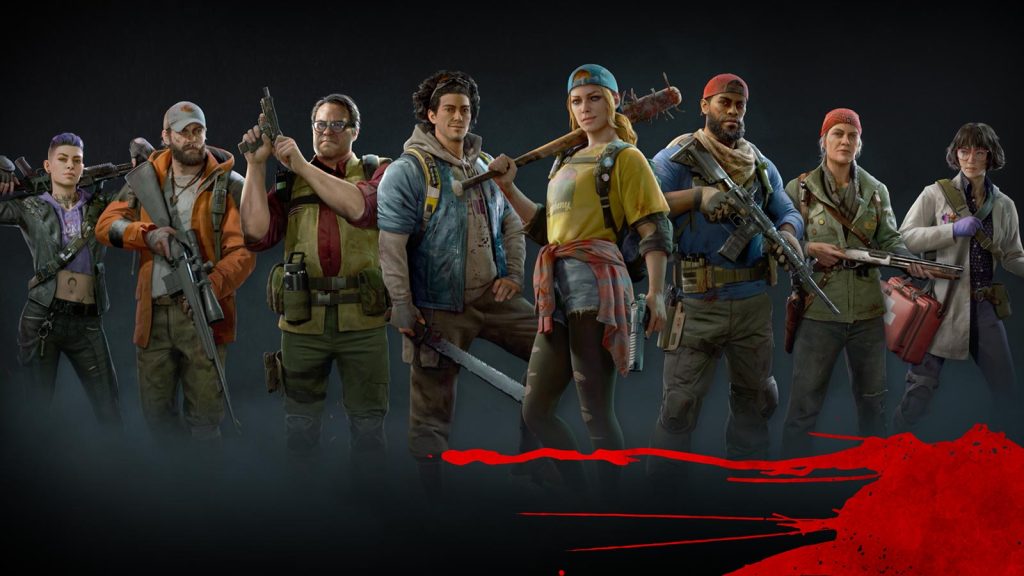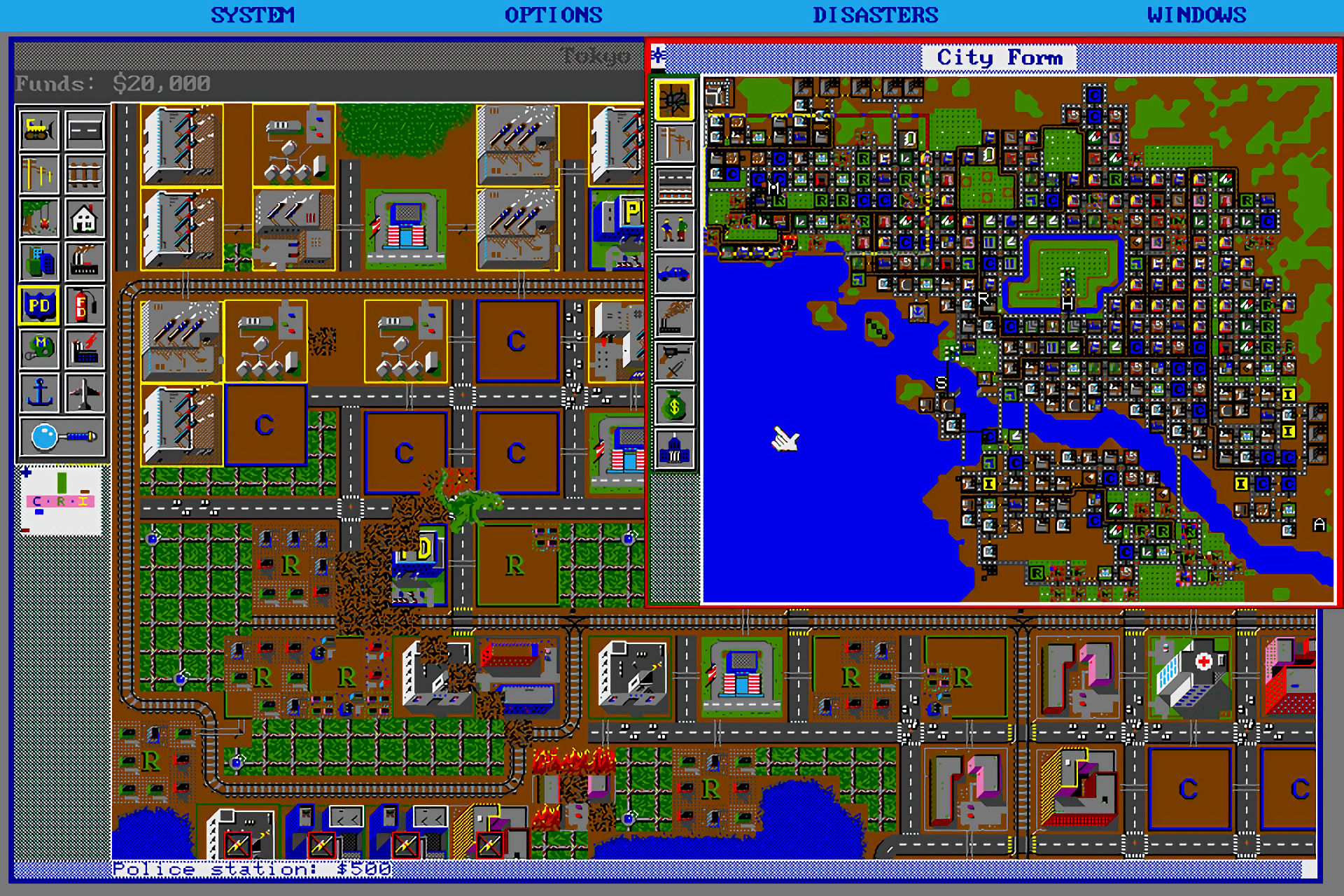Back 4 Blood, developed by Turtle Rock Studios and published by Warner Bros. Interactive Entertainment, hit the shelves in October 2021 with high expectations. Billed as a spiritual successor to the iconic Left 4 Dead series, Back 4 Blood promised to deliver the same adrenaline-pumping, cooperative zombie-slaying action that made its predecessors so beloved. As we look back on the game, we can assess whether it lived up to its heritage or fell short of the mark. With the game currently on sale on Steam for £4.99 until June 24, 2024, it’s an opportune moment to revisit what Back 4 Blood brings to the table.
A Familiar Premise with Modern Twists
Back 4 Blood’s core gameplay revolves around a group of survivors, known as Cleaners, fighting their way through hordes of zombie-like creatures called the Ridden. This setup is strikingly reminiscent of Left 4 Dead’s survivors battling the infected. However, Turtle Rock Studios added several modern twists to keep the gameplay fresh.
One of the most notable additions is the card system. Players build decks of cards that modify gameplay, offering various buffs and abilities. This mechanic introduces a layer of strategy, allowing for diverse playstyles and adaptability. While some players appreciate this innovation for its depth, others feel it deviates too much from the straightforward action of Left 4 Dead.

Gameplay and Mechanics
At its heart, Back 4 Blood is all about cooperative gameplay. Teams of four must navigate through various levels, completing objectives while battling waves of Ridden. The AI Director, a feature carried over from Left 4 Dead, dynamically adjusts the difficulty based on players’ performance, ensuring that each playthrough is unique.
The gunplay in Back 4 Blood feels responsive and satisfying, with a wide variety of weapons to choose from. The game’s levels are well-designed, featuring diverse environments that require different tactics to navigate successfully. However, some criticism has been directed at the game’s difficulty spikes and the perceived imbalance between solo and co-op play, with solo players often feeling at a disadvantage due to the lack of competent AI teammates.
Character and Story Development
Back 4 Blood attempts to provide more character development and narrative context than its predecessors. Each Cleaner has a backstory and unique abilities, contributing to the team in different ways. The game’s campaign mode also weaves a more structured story throughout the levels, giving players a sense of progression and purpose.
While the effort to flesh out characters and story is commendable, some players feel that the narrative elements can be a bit heavy-handed and detract from the pure action experience that defined Left 4 Dead. The character dialogue and interactions are hit-or-miss, sometimes adding charm and other times feeling forced or out of place.

Multiplayer and Community
Multiplayer is where Back 4 Blood truly shines. The cooperative experience, whether with friends or strangers, is exhilarating and often requires tight coordination and communication. The game also features a competitive mode, Swarm, where teams of players alternate between playing as Cleaners and Ridden, adding a fresh layer of challenge and replayability.
The community aspect of Back 4 Blood has been mixed. While the game has a dedicated player base, it has also faced issues with bugs and connectivity, particularly in its early days. Regular updates and patches have addressed many of these issues, but the initial rocky launch left a lasting impression on some players.
Comparisons to Left 4 Dead
Comparing Back 4 Blood to the Left 4 Dead series is inevitable, given their shared lineage. Left 4 Dead is renowned for its simplicity, intense action, and replayability. Back 4 Blood inherits these qualities but adds layers of complexity with its card system and character abilities.
Some fans argue that Back 4 Blood’s added complexity detracts from the raw, unfiltered fun of Left 4 Dead. Others appreciate the evolution, seeing it as a necessary step to keep the genre fresh and engaging. Ultimately, Back 4 Blood stands as a distinct entry in the cooperative shooter genre, respectful of its roots but unafraid to innovate.


Conclusion
Back 4 Blood is a game that both honors and diverges from its spiritual predecessor, Left 4 Dead. It brings to the table modern innovations like the card system and character abilities while retaining the core cooperative gameplay that fans love. Despite its rocky start and some divisive features, it offers a compelling experience for fans of the genre.
With the game currently on sale on Steam for a mere £4.99 until June 24, 2024, there’s no better time to dive into the chaotic world of Back 4 Blood. Whether you’re a veteran of the zombie apocalypse or a newcomer looking for intense cooperative action, Back 4 Blood has something to offer. As we look back on its journey, it’s clear that while it may not have surpassed the legendary status of Left 4 Dead, it has carved out its own niche and continues to be a worthy successor in its own right.



